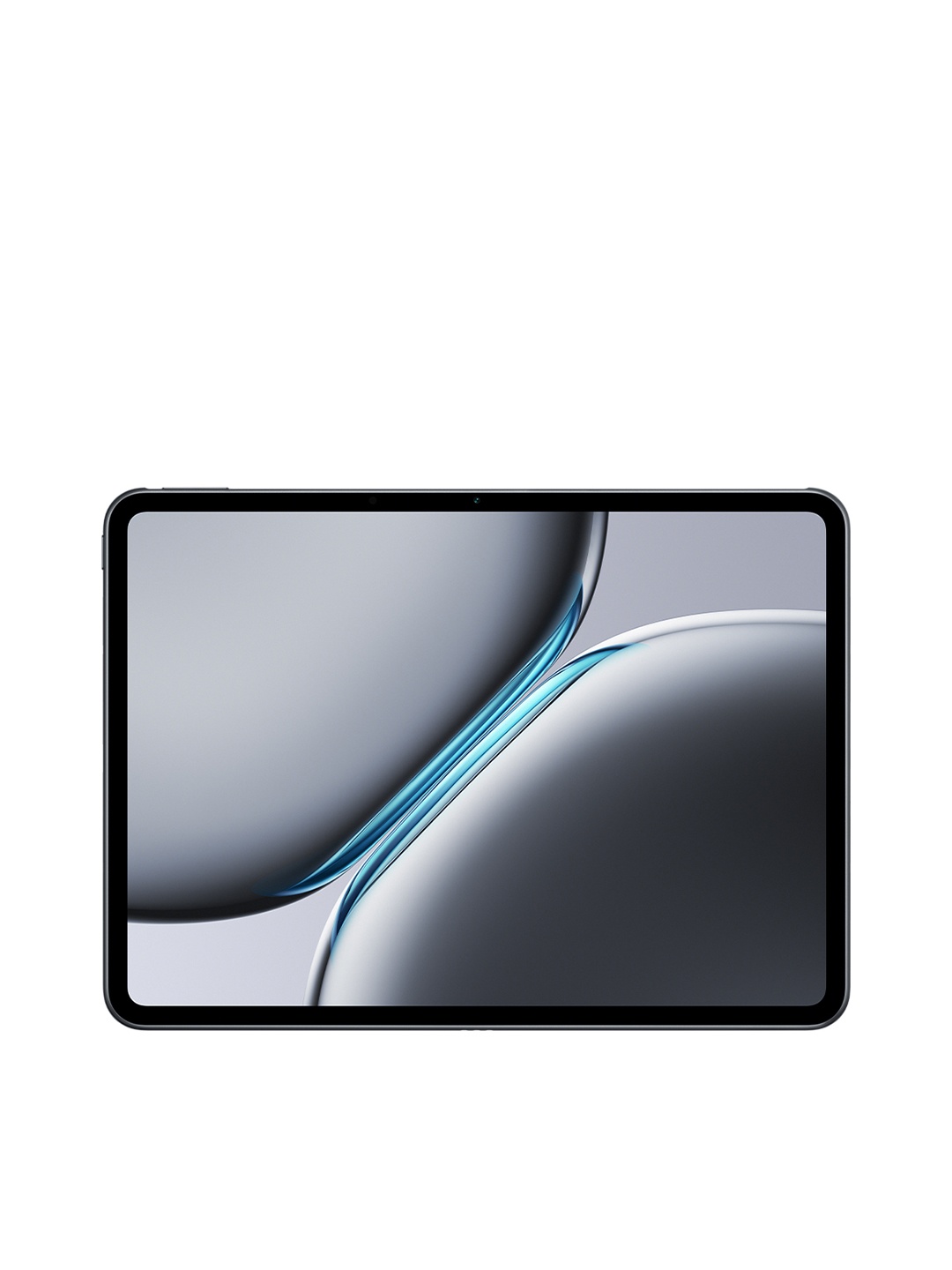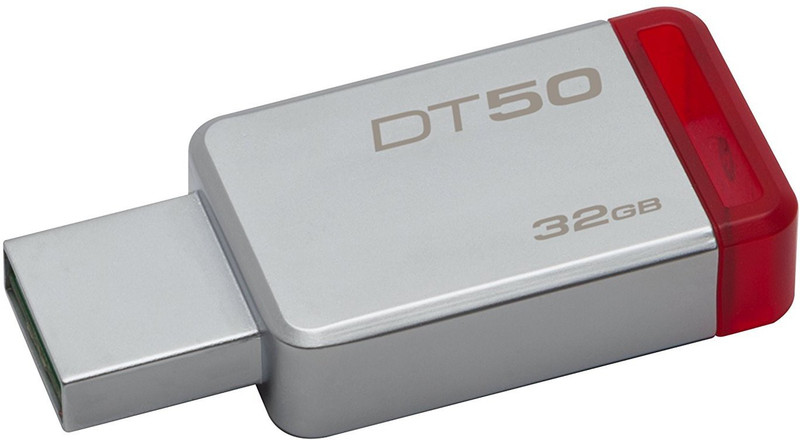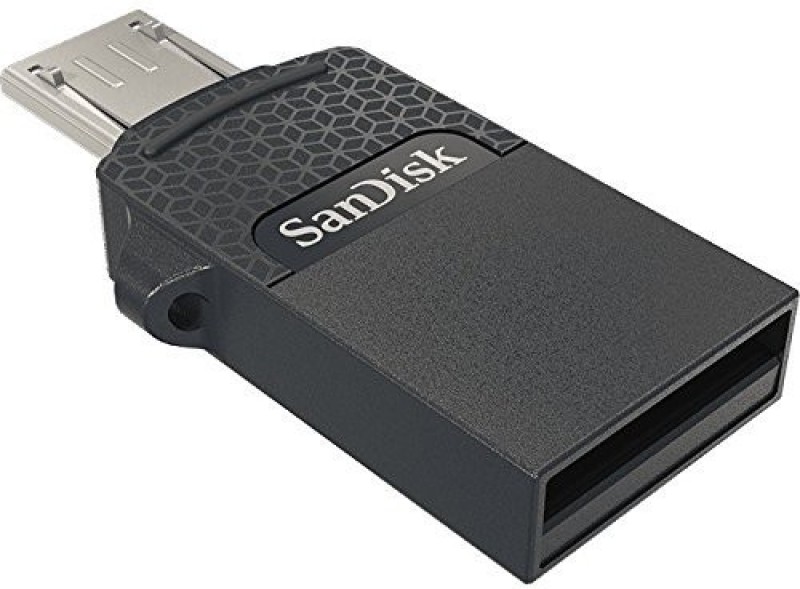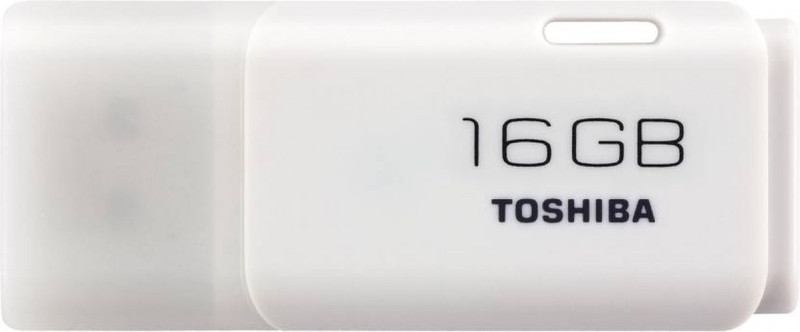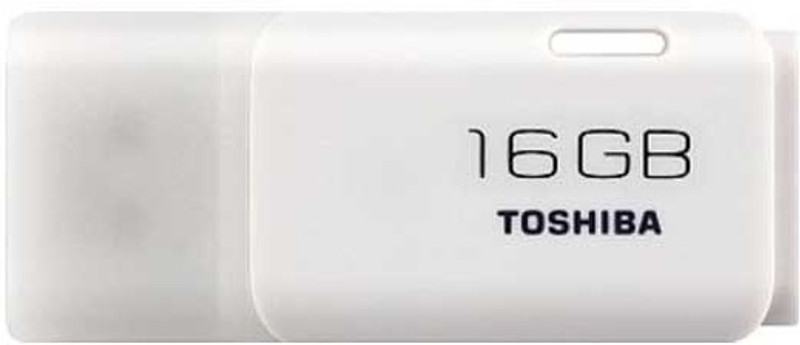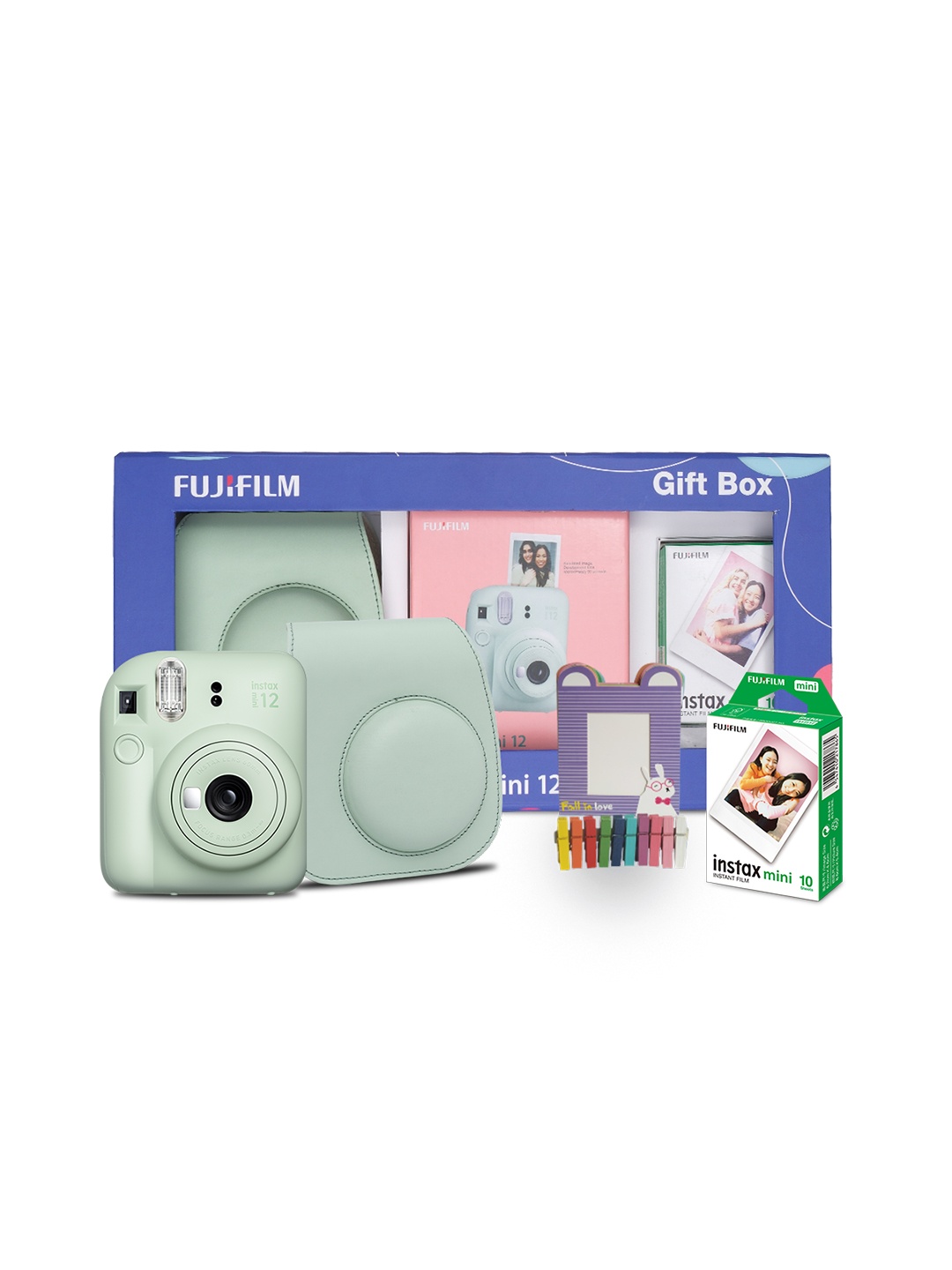Top 10 Footwear Mistakes That May Be Harmful For You

Flats. Simple, stylish, and comfortable, right? We slip them on and head out the door without a second thought. After all, they're supposed to be the easy footwear choice for almost every occasion. However, despite their versatility, flats often come with hidden risks, especially when it comes to foot health. When it comes to your feet, comfort should always be a priority, but unfortunately, many of us overlook some crucial aspects when buying flats. The truth is, if you're not careful, your favourite pair of flats could be silently harming your feet over time.
Let's uncover the top 10 mistakes people make when choosing flats, and more importantly, how to avoid them. Whether you're a seasoned flat wearer or someone considering switching to them, knowing the ins and outs can save you from unnecessary pain and discomfort. Let's dive in and get your feet back on track.
1. Choosing Style Over Comfort
We've all been there: a beautiful pair of flats catches your eye in a shop window, and you instantly imagine yourself wearing them on a sunny day. However, the reality is that not all stylish flats are foot-friendly. A chic design might come at the expense of comfort, with a narrow toe box, lack of arch support, or a thin, unsupportive sole.
While it's tempting to pick shoes that look good with your outfit, comfort should always come first. Long hours spent in trendy flats that lack cushioning or proper structure can lead to blisters, calluses, or even more serious foot problems. It's essential to balance aesthetics with practicality. A stylish flat that hugs your feet comfortably is a far better investment than a pair that leaves you wincing by mid-afternoon.
Tip: Make comfort your top priority. Choose flats that offer good arch support and a design that doesn't squeeze your toes. You'll feel the difference after a few hours of wear.
2. Ignoring The Importance Of The Right Fit
Buying shoes in the wrong size is a classic mistake, but it's something we all fall victim to at times. Many people are guilty of choosing flats that are either too tight or too loose, thinking that they will somehow "break in" after a few wears. Sadly, this is not the case. Shoes that don't fit properly can cause long-term foot issues, such as bunions, hammertoes or even nerve damage.
When trying on flats, make sure you have enough room for your toes to move freely. A good rule of thumb is to check that there's a thumb's width of space between the end of your longest toe and the shoe. This ensures you're not cramping your feet or causing unnecessary pressure. And remember, shoe sizes vary from brand to brand, so don't assume you're always a size 5!
Tip: Get measured regularly and try on shoes later in the day when your feet are slightly swollen. This will give you a more accurate fit.
3. Forgetting About Arch Support
It's no secret that proper arch support is key to keeping your feet healthy. Flats that lack this vital component are a common culprit for causing foot pain, especially for those who have higher or lower arches. Without adequate support, your feet are forced to work overtime, which can lead to fatigue, discomfort, or even plantar fasciitis, a painful condition that affects the bottom of the foot.
When looking for flats, it's crucial to seek out options with built-in arch support, particularly if you plan to wear them for extended periods. Some flats come with removable insoles, allowing you to switch them out for more supportive alternatives if needed.
Tip: If your flats don't offer enough arch support, consider purchasing orthotic insoles that can help redistribute pressure and reduce foot strain.
4. Overlooking Heel Height
Flat shoes don't necessarily mean completely flat. Many flats feature a very slight heel or a built-in lift that adds subtle height. While these options may seem more comfortable, they can still be harmful to your feet if they alter your natural stride. Flats with a very low or no heel can cause you to walk unnaturally, putting pressure on your knees, hips, and lower back.
The key is moderation, a small, supportive heel can promote better posture and reduce the strain placed on your feet during long walks. Too much heel, on the other hand, can be just as harmful as wearing high heels, pushing your weight forward and causing discomfort.
Tip: Look for flats with a slight, cushioned heel (around 1-2 cm) for maximum comfort and to encourage natural foot alignment.
5. Buying Flats With Poor Quality Materials
The material of your flats plays a major role in their comfort and durability. Cheap synthetic materials, while affordable, often lack the flexibility and breathability that your feet need. Synthetic shoes can cause your feet to sweat excessively, leading to unpleasant odour, blisters, and skin irritation. On the other hand, high-quality leather or fabric allows your feet to breathe, reducing the risk of fungal infections and other foot problems.
Leather flats, while generally more expensive, tend to be much more durable and breathable. Over time, they adapt to the shape of your feet, providing a custom fit and preventing rubbing or chafing.
Tip: Invest in high-quality materials for your flats. Your feet will thank you, and you'll get far more wear out of them in the long run.
Also Read: The Ultimate Guide To Choosing The Perfect Shoes For Your Bridal Dress
6. Neglecting The Need For Cushioning
Ever noticed how your feet start to ache after a few hours of wearing flats? The lack of cushioning is a key factor in this discomfort. Flats with thin soles and no padding force your feet to absorb all the pressure from walking, leaving you with sore arches, balls of your feet, and even blisters. Cushioning provides essential shock absorption, helping to reduce foot fatigue and make long periods of wear much more tolerable.
When shopping for flats, look for options with padded insoles or extra cushioning in the sole. Memory foam insoles are a great option, as they mould to your feet and help distribute pressure evenly.
Tip: If your favourite flats are lacking in cushioning, consider adding your own insoles for extra comfort. It's a small investment that makes a big difference.
7. Overlooking Flexibility
If your flats don't bend with your feet, they're likely contributing to your discomfort. Flats should offer a good amount of flexibility, especially in the sole, allowing your feet to move naturally as you walk. Flats with stiff soles can hinder your stride and cause foot strain, leading to discomfort and even long-term issues like Achilles tendonitis.
When choosing flats, make sure the sole is flexible enough to move with your foot. Test them out by bending the shoe in your hand, if it resists too much, they might not be the right pair for you.
Tip: Look for flats with flexible soles, preferably ones that offer a slight arch and natural bend to accommodate the shape of your foot.
8. Not Paying Attention To Durability
As tempting as it is to grab a cheap pair of flats, the truth is, they're often not made to last. Thin soles, low-quality stitching, and poor materials mean that the shoes won't hold up over time, leaving you with sore feet and a sad, worn-out pair of shoes after just a few months. Durable flats are an investment in your foot health, ensuring that you have a reliable pair to wear day after day without worrying about damage.
Consider paying a little extra for a high-quality pair that will stand the test of time. It's far better than continually replacing cheap shoes that don't provide the support and comfort your feet need.
Tip: Look for flats with reinforced stitching, sturdy soles, and high-quality materials to ensure they last as long as possible.
Products Related To This Article
1. Denill Colourblocked Pointed Toe Ballerinas
2. Denill Women Open Toe Flats
3. Mast & Harbour Women Open Toe Flats
4. Bata comfit Women Blue Open Toe Flats with Buckles
5. Lavie Women Mules Flats
6. Mochi Women Grey Open Toe Flats
7. JodyHub Women Open Toe Sandals
8. BRISKERS Women Black Open Toe Flats
Flats may be seen as the epitome of comfort, but without the right selection, they can become a source of discomfort and pain. The key is to avoid common mistakes, such as choosing style over comfort, neglecting proper fit, or overlooking vital features like arch support and cushioning. By being mindful of these factors and opting for quality, you can ensure that your flats keep your feet happy, healthy and pain-free. Remember, your feet carry you through every step of the day, so it's essential to take care of them. With a little extra thought and attention to detail, your next pair of flats could be the most comfortable ones yet.
Disclaimer: The images used in this article are for illustration purpose only. They may not be an exact representation of the products, categories and brands listed in this article.












